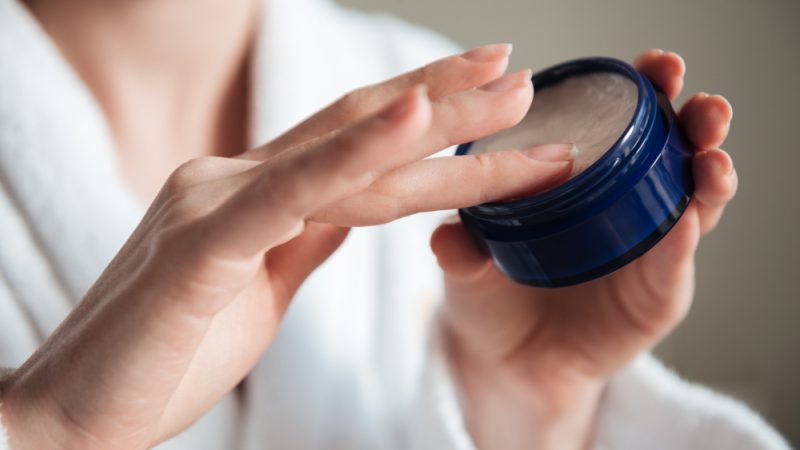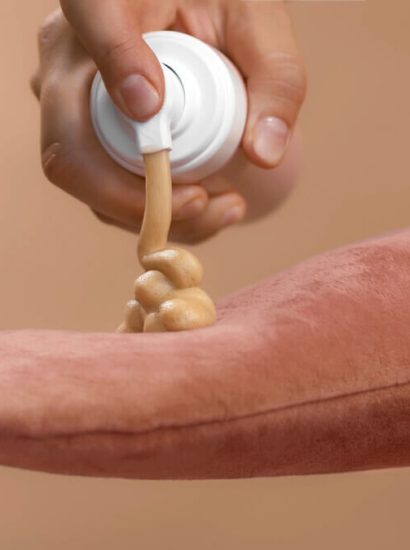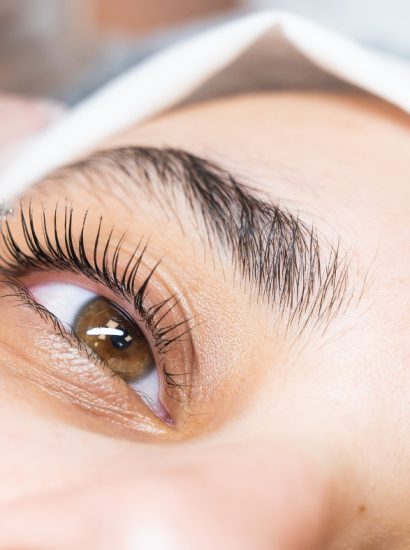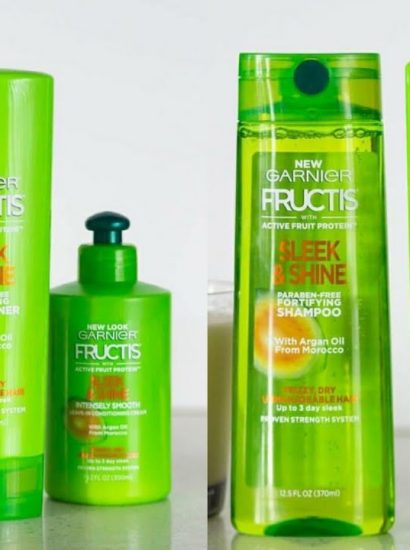The double cleansing trend has taken the skincare world by storm, Cleansing Balm vs Oil and at the center of it lies the crucial choice: cleansing balm vs oil. Both are formulated to remove sunscreen, makeup, and impurities, but which one truly reigns supreme? To get to the bottom of this debate, we turned to 10 leading skincare experts—dermatologists, estheticians, and cosmetic chemists—to share their professional verdict.
If you’re stuck between these two cleansing heroes, read on. You’ll discover their differences, benefits, and expert tips on when to use each.
1. Dr. Emily Rogers (Dermatologist): “Balms Are Better for Travel and Texture Lovers”
Dr. Emily Rogers explains that cleansing balms have a rich, solid texture that melts into the skin and are less prone to leakage, making them ideal for travel.
> “Balms tend to have a thicker consistency, which feels luxurious and nourishing, especially for dry or sensitive skin. They are less messy and easier to control when applying.”
She adds that for those who like sensory skincare, balms can make the routine feel more like a spa ritual.
2. Dr. Luis Fernandez (Cosmetic Chemist): “Oils Penetrate Faster, but Can Be Messy”
According to Dr. Fernandez, cleansing oils are more fluid and fast-absorbing, which makes them excellent at quickly dissolving sunscreen and waterproof makeup.
> “Oils provide quick coverage and emulsify easily when water is added, but some people may find them slippery or difficult to rinse if not formulated well.”
He recommends cleansing oils for those who prefer lightweight application and want a quick, efficient cleanse—particularly those with oily or combination skin.
3. Sophie Kim (Licensed Esthetician): “Choose Based on Climate and Season”
Sophie advises choosing between a balm and oil cleanser depending on weather and skin conditions.
> “In winter, your skin will love the extra moisture a balm provides. In summer, a lightweight oil cleanser might feel more breathable and refreshing.”
She also emphasizes listening to your skin and rotating products seasonally.
4. Dr. Ayesha Malik (Dermatologist): “Both Are Great—It Depends on the Formula”
Dr. Malik believes the formulation matters more than the format.
> “There are cleansing balms that emulsify beautifully and rinse clean, and there are oils that can leave behind residue. The key is how the product is designed.”
She suggests choosing a non-comedogenic product regardless of balm or oil to prevent clogged pores, especially for acne-prone users.
5. Nina Torres (Beauty Editor & Skincare Reviewer): “Balms Are Best for Heavy Makeup Days”
Nina, who reviews skincare for a living, swears by balms when she’s wearing full coverage makeup or long-wear products.
> “Cleansing balms are denser and cling to makeup better, especially around the eyes. They’re perfect for days when you’ve layered on primer, foundation, and waterproof mascara.”
She notes that oil cleansers are great for everyday sunscreen removal, but balms win on glam days.
6. Dr. Kevin Lee (Cosmetic Dermatologist): “Oils Suit Oily Skin Better—If Formulated Correctly”
Contrary to popular belief, Dr. Lee shares that cleansing oils can be a great match for oily and acne-prone skin.
> “The right cleansing oil dissolves excess sebum and doesn’t strip the skin, helping balance oil production. Look for oils like jojoba or grapeseed, which mimic natural sebum.”
He cautions against mineral oil-based formulas for those prone to congestion.
7. Jessica Yuen (Skincare Formulator): “Balms Offer More Versatility”
Jessica explains that cleansing balms can double as masks or spot treatments when left on the skin longer.
> “You can leave a balm on for a few extra minutes to soften clogged pores or dry patches before rinsing. Oils, on the other hand, are more of a one-step product.”
She praises balm textures for their multifunctionality in skincare routines.
8. Dr. Tara Wilson (Board-Certified Dermatologist): “Sensitive Skin Might Prefer Balms”
Dr. Wilson recommends balms for patients with reactive or rosacea-prone skin.
> “Balms typically contain fewer surfactants, making them less irritating. Their creamy texture also cushions the skin and reduces friction during cleansing.”
She advises avoiding heavily fragranced options and doing a patch test if you’re introducing a new cleansing balm.
9. Samir Desai (Men’s Grooming Expert): “Men Prefer Oils for Simplicity”
Samir, who focuses on male skincare, finds that his clients tend to lean toward cleansing oils for their straightforward use.
> “Most men prefer something easy to use and quick to rinse. Oils often come in pump bottles and don’t require warming in the hands like balms do.”
He recommends oils for those who want a minimalist, efficient routine.
10. Maria Lopez (Clean Beauty Advocate): “Check the Ingredient List—Natural Doesn’t Always Mean Better”
Maria, a clean beauty blogger, emphasizes that natural and clean products can exist in both formats—but they’re not always superior by default.
> “Whether it’s a balm or oil, what matters is how your skin reacts. Always look for irritants or essential oils that might trigger sensitivity.”
She recommends patch testing both types before fully committing, especially with organic products that contain botanicals.
Conclusion: The Verdict from the Experts
So—cleansing balm vs oil—which one should you choose? Based on our panel of experts, the answer isn’t one-size-fits-all. Here’s a quick summary of the key points:
| Skin Type or Preference | Best Option |
| – | – |
| Dry or Sensitive Skin | Cleansing Balm |
| Oily or Acne-Prone Skin | Cleansing Oil (non-comedogenic) |
| Heavy Makeup Wearers | Cleansing Balm |
| Quick, Lightweight Cleansing | Cleansing Oil |
| Travel-Friendly | Cleansing Balm |
| Summer Routine | Cleansing Oil |
| Winter Hydration | Cleansing Balm |
Ultimately, the best cleanser is the one that fits your skin type, lifestyle, and routine. Both balms and oils have earned their place in modern skincare, and you might even find that keeping both on hand gives you the flexibility your skin needs throughout the year.
FAQs
1. Can I use both a cleansing balm and oil in the same routine?
Yes! While uncommon, you could use a balm for makeup removal followed by an oil cleanser for deeper cleaning—just be sure to follow with a water-based cleanser to complete the double cleanse.
2. Which is better for double cleansing—balm or oil?
Both work well for the first step of a double cleanse. Balms are great for heavier products like foundation, while oils are quick and effective for light makeup and sunscreen.
3. Are cleansing oils more likely to clog pores than balms?
Not necessarily. It depends on the formulation. Look for non-comedogenic oils like jojoba, hemp seed, or sunflower, and avoid thicker oils like coconut oil if you’re acne-prone.
4. How long should I massage the cleanser into my skin?
Spend at least 30–60 seconds gently massaging the product into your skin. This boosts circulation and ensures the breakdown of makeup and sebum.
5. Do I need to follow up with a foaming cleanser after using a balm or oil?
Yes, especially if you’re double cleansing. After the oil or balm, use a gentle water-based cleanser to remove residue and fully cleanse your skin.
Also read : Whitening Pen: 10 Tips for Best Results Without Sensitivity





